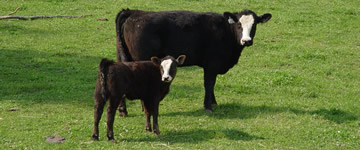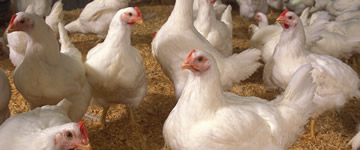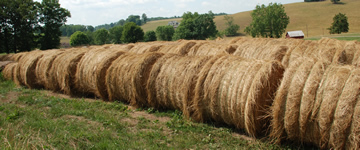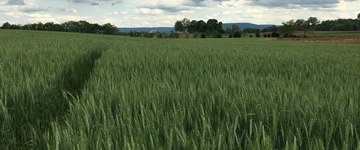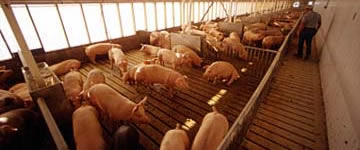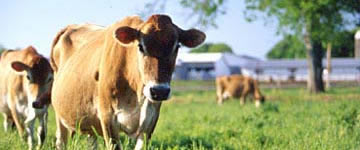AIM-AG was established in 1998 as part of the Department of Agricultural and Resource Economics, Agricultural Experiment Station (now AgResearch). The mission of AIM-AG is to assess and project the impacts of agri-industry development on the Tennessee economy and to analyze market opportunities for economically efficient agri-industry development within the state.
AIM-AG
- Evaluates the impacts the agricultural and forest products industry has on the state’s economy and the economics of regions within the state using TN-AIM (Tennessee Agri-Industry Model), an economic modeling system;
- Conducts “what-if” scenarios designed to evaluate the impacts that occur from development of selected value-added industries in the state and regions within the state;
- Conducts research studies on market growth opportunities for value-added or high-value agri-industry products;
- Analyzes market potential and feasibility for value-added or high-value products produced or processed within the state and;
- Provides market information and prospectus studies to aid industrial recruitment and development.
Our clientele
- Agribusiness decision-makers
- Producer and processor organizations
- Economic and community development leaders
- Policy makers
- Local, county, and state governments
Our Research Activities
Evaluate economic impacts of agri-industry development
- Impact analysis of changes in agricultural production and technologies
- Impact of value-added industries development
- Natural resource limitations on development
- Implications of development on the environment
Assess market opportunities for agri-industry development through:
- Expansion of markets for the existing agribusiness segments, both domestic and international
- Increased marketing efficiency
- Expansion into new agribusiness segments
Methods of Analysis:
- Market potential studies
- Market feasibility studies for new agribusiness ventures
- Demand analysis
- Buyer and consumer preferences studies
- Market segmentation analysis and buyer profiling
- New product acceptance and potential
- Analysis of marketing alternatives
- Valuation of product attributes



